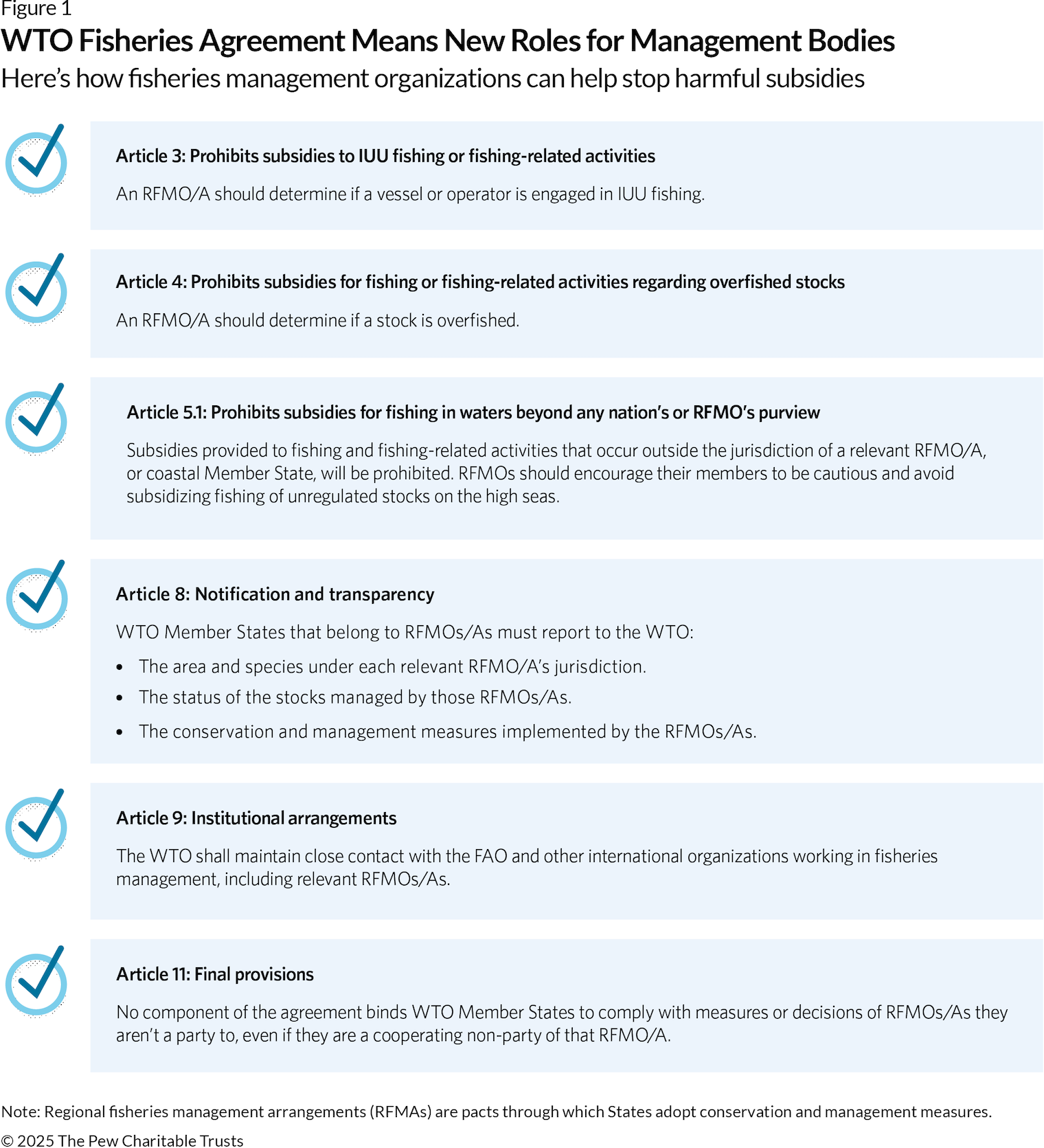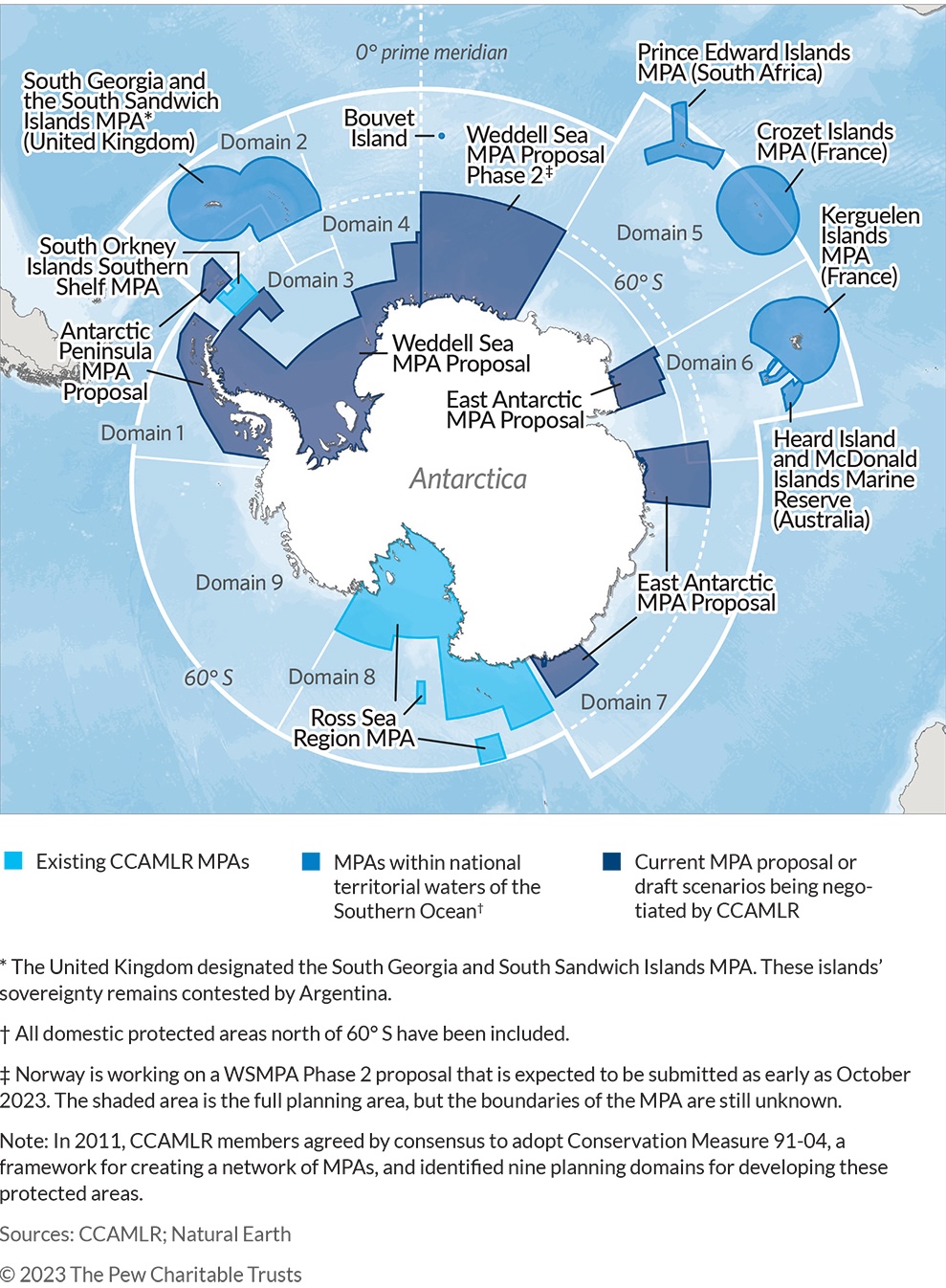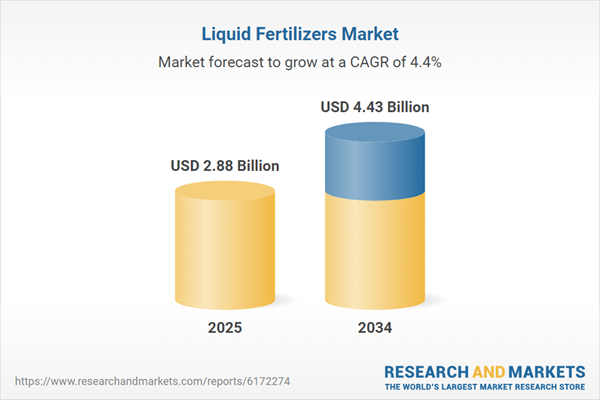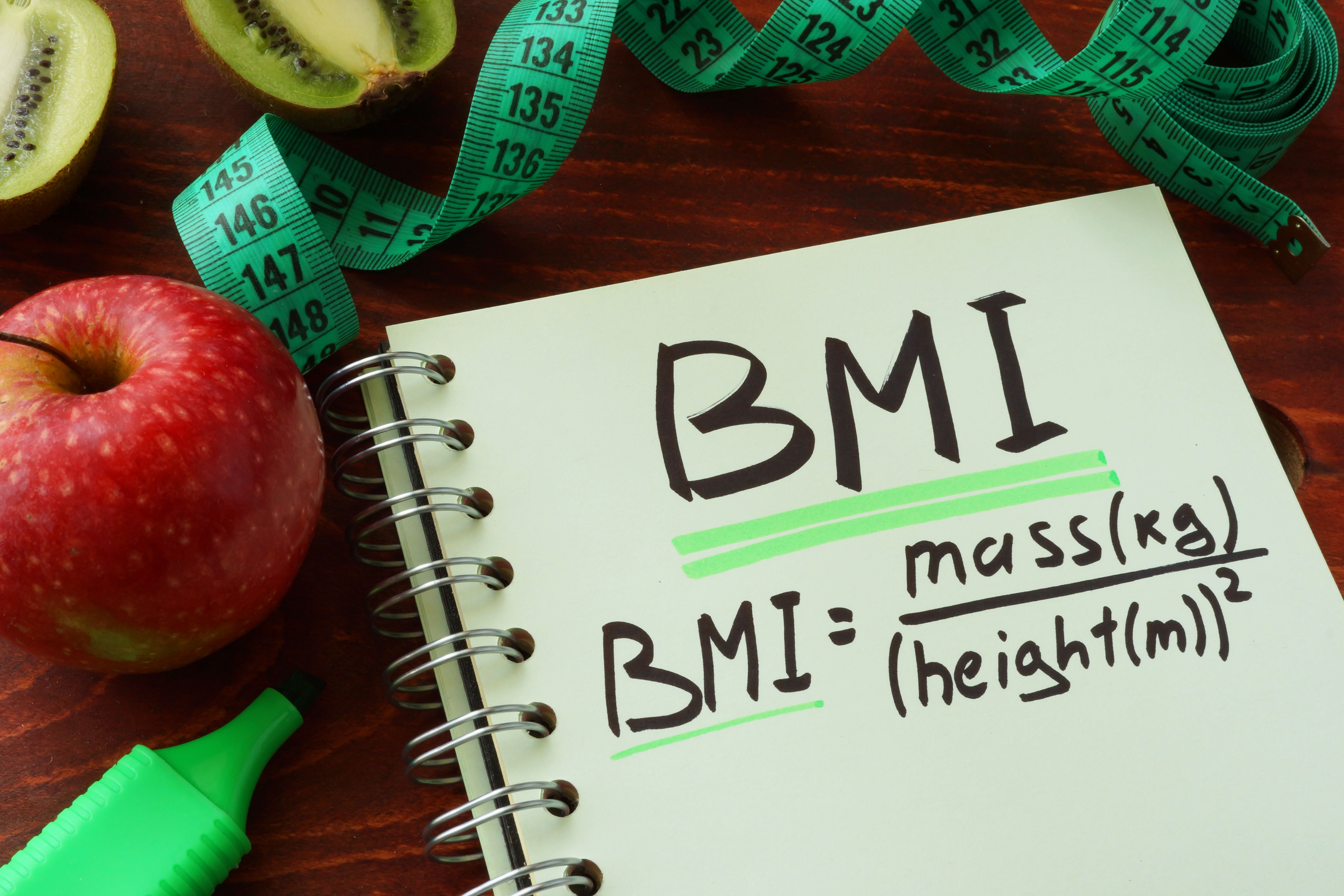Paulus on Accelerating Clinical Development With Real-World Data in HER2+ Breast Cancer – OncLive

Report on Innovative Clinical Trial Methodology and its Alignment with Sustainable Development Goals
Introduction: Advancing Health Innovation (SDG 3 & SDG 9)
A pilot study presented at the 2025 ASCO Annual Meeting detailed an innovative approach to clinical trial design, directly supporting the objectives of SDG 3 (Good Health and Well-being) and SDG 9 (Industry, Innovation, and Infrastructure). The research, led by Jessica Paulus, ScD, of Ontada, focused on constructing an external control arm using real-world data (RWD) for a phase 2 trial (NCT05748834). This trial is investigating tucatinib plus liposomal doxorubicin for patients with HER2-positive metastatic breast cancer. By developing methodologies that can accelerate the evaluation of new therapies, this research contributes to ensuring healthy lives and building resilient, innovative infrastructure for medical science.
Methodology: A Framework for Efficient Research (SDG 9)
The study’s methodology represents a significant advancement in clinical research infrastructure, aligning with the innovation targets of SDG 9. The process involved a multi-step, data-driven approach to augment a traditional clinical trial.
- Investigators utilized real-world proxies for the phase 2 eligibility criteria to source relevant patient data.
- A simulated dataset was created, expanding the 8 patients enrolled in the phase 2 study to a 40-patient cohort.
- A corresponding external control arm was established, comprising 77 patients identified from real-world data sources.
- Propensity score matching was employed to ensure the baseline characteristics of the simulated trial cohort and the external control arm were comparable.
A key achievement highlighted was the ability to execute this data-matching process rapidly and in parallel with the ongoing enrollment of the phase 2 trial, demonstrating a more efficient and dynamic model for clinical investigation.
Interim Findings and Performance Metrics
The interim analysis yielded promising results regarding the viability of using an RWD-based external control arm. The data demonstrated a high degree of successful matching and comparability between the cohorts.
- Matching Success Rate: 82% (33 out of 40) of patients in the simulated cohort were successfully matched with the external control arm.
- Demographic Comparability: The mean age was closely aligned, with 61 years in the phase 2 cohort versus 60 years in the real-world control arm.
- Treatment History Alignment: The distribution of prior lines of therapy was similar. 21% of the phase 2 cohort and 27% of the real-world cohort had received one previous line of therapy.
- Baseline Characteristics: A state of balance was achieved for four out of six key baseline characteristics. The remaining two variables were reported as modestly out of balance, a difference expected to minimize as more patient data is accrued.
Strategic Implications for Sustainable Development (SDG 3, SDG 10, SDG 17)
The successful implementation of this methodology has significant implications for achieving several Sustainable Development Goals.
- SDG 3 (Good Health and Well-being): By creating a pathway to accelerate clinical trials, this innovative model can help bring effective cancer treatments to patients faster, directly contributing to the goal of promoting well-being for all.
- SDG 10 (Reduced Inequalities): The use of broad real-world data has the potential to create more diverse and representative control groups than traditional trials, which may lead to evidence that is more applicable across varied patient populations, thereby helping to reduce health inequalities.
- SDG 17 (Partnerships for the Goals): This research exemplifies a successful partnership between research organizations, data providers, and clinical trial sponsors. Such multi-stakeholder collaborations are fundamental to leveraging complex data and technology to achieve global health objectives.
Conclusion and Future Outlook
The interim findings from this pilot study demonstrate that using RWD to create an external control arm is a feasible and efficient strategy. While minor imbalances in two characteristics were noted, it is anticipated that these will resolve as patient enrollment continues for both the phase 2 trial and the real-world arm. This innovative approach not only supports the immediate goals of the specific oncology trial but also provides a scalable model that aligns with the global imperatives for health, innovation, and partnership as outlined in the Sustainable Development Goals.
Analysis of Sustainable Development Goals in the Article
1. Which SDGs are addressed or connected to the issues highlighted in the article?
-
SDG 3: Good Health and Well-being
- The article’s core subject is a clinical trial for a breast cancer treatment (tucatinib plus liposomal doxorubicin). This directly relates to ensuring healthy lives and promoting well-being by advancing medical research to combat major non-communicable diseases like cancer.
-
SDG 9: Industry, Innovation, and Infrastructure
- The research discussed is a prime example of innovation within the pharmaceutical and healthcare industry. The article highlights a novel methodology using “real-world data to add an external control arm,” which is a scientific and technological advancement aimed at making clinical research more efficient and robust.
-
SDG 17: Partnerships for the Goals
- The article implicitly points to partnerships. The research is conducted by an organization (Ontada), presented at a major international conference (“2025 ASCO Annual Meeting”), and involves a phase 2 trial (NCT05748834), which typically involves collaboration between research institutions, pharmaceutical companies, and healthcare providers. This sharing of knowledge and methodology is crucial for global progress.
2. What specific targets under those SDGs can be identified based on the article’s content?
-
Target 3.4: By 2030, reduce by one-third premature mortality from non-communicable diseases through prevention and treatment and promote mental health and well-being.
- The article directly addresses this target by discussing a pilot study for a new treatment regimen for “HER2-positive locally advanced or metastatic breast cancer,” a significant non-communicable disease. Improving treatment options is a key strategy for reducing premature mortality.
-
Target 9.5: Enhance scientific research, upgrade the technological capabilities of industrial sectors in all countries…encouraging innovation and substantially increasing the number of research and development workers.
- The study’s methodology represents an enhancement of scientific research. The article emphasizes this innovation, stating, “One of the achievements of this [research] was that we demonstrated that we were able to do this quickly and in lockstep with the [phase 2] trial.” This focus on improving the research process itself aligns perfectly with this target.
-
Target 17.16: Enhance the global partnership for sustainable development, complemented by multi-stakeholder partnerships that mobilize and share knowledge, expertise, technology and financial resources.
- The presentation of the study’s findings at the “2025 ASCO Annual Meeting” is a direct act of sharing knowledge, expertise, and new technology (in the form of methodology) with the global scientific community. This collaboration between researchers (like Jessica Paulus from Ontada) and the wider oncology community is a multi-stakeholder partnership in action.
3. Are there any indicators mentioned or implied in the article that can be used to measure progress towards the identified targets?
-
For Target 3.4 (Reduce NCD mortality):
- Implied Indicator: Number and progress of clinical trials for non-communicable diseases. The article explicitly mentions the “phase 2 trial (NCT05748834)” for breast cancer, which serves as a direct measure of research and development efforts to create new treatments.
-
For Target 9.5 (Enhance scientific research):
- Implied Indicator: Development and adoption of innovative research methodologies. The entire article is about a “pilot study that used real-world data to add an external control arm,” which is a specific, measurable innovation.
- Implied Indicator: Efficiency of research processes. The article notes the ability to conduct the process “quickly and in lockstep with the [phase 2] trial,” which is a qualitative indicator of improved research efficiency.
-
For Target 17.16 (Partnerships and knowledge sharing):
- Implied Indicator: Number of research findings presented at international scientific conferences. The article’s reference to the findings being “presented during the 2025 ASCO Annual Meeting” is a concrete example of this indicator, signifying the dissemination of knowledge.
4. Table of SDGs, Targets, and Indicators
| SDGs | Targets | Indicators (Identified or Implied in the Article) |
|---|---|---|
| SDG 3: Good Health and Well-being | 3.4: Reduce premature mortality from non-communicable diseases (NCDs) through treatment. | The existence and progress of the phase 2 clinical trial (NCT05748834) for a metastatic breast cancer treatment. |
| SDG 9: Industry, Innovation, and Infrastructure | 9.5: Enhance scientific research and encourage innovation. | The development of a new research methodology using real-world data for an external control arm; The stated achievement of conducting this process “quickly and in lockstep” with the main trial. |
| SDG 17: Partnerships for the Goals | 17.16: Enhance global partnerships that mobilize and share knowledge and expertise. | The presentation of research findings at a major international conference (the “2025 ASCO Annual Meeting”). |
Source: onclive.com

What is Your Reaction?
 Like
0
Like
0
 Dislike
0
Dislike
0
 Love
0
Love
0
 Funny
0
Funny
0
 Angry
0
Angry
0
 Sad
0
Sad
0
 Wow
0
Wow
0

























































.jpg?h=50da7ea4&itok=DTgFLdpn#)



















